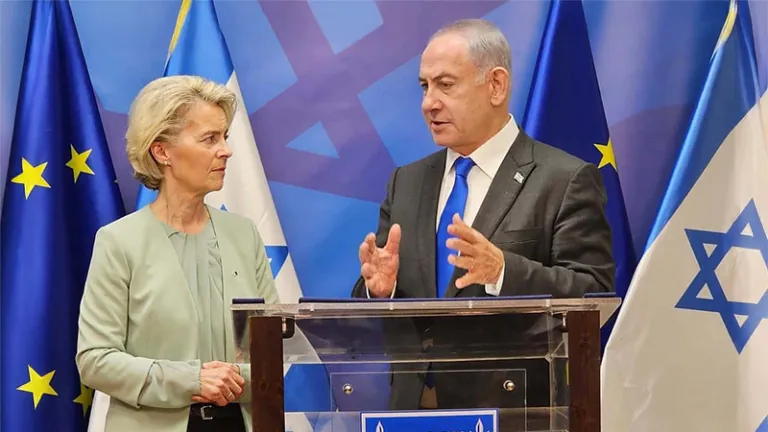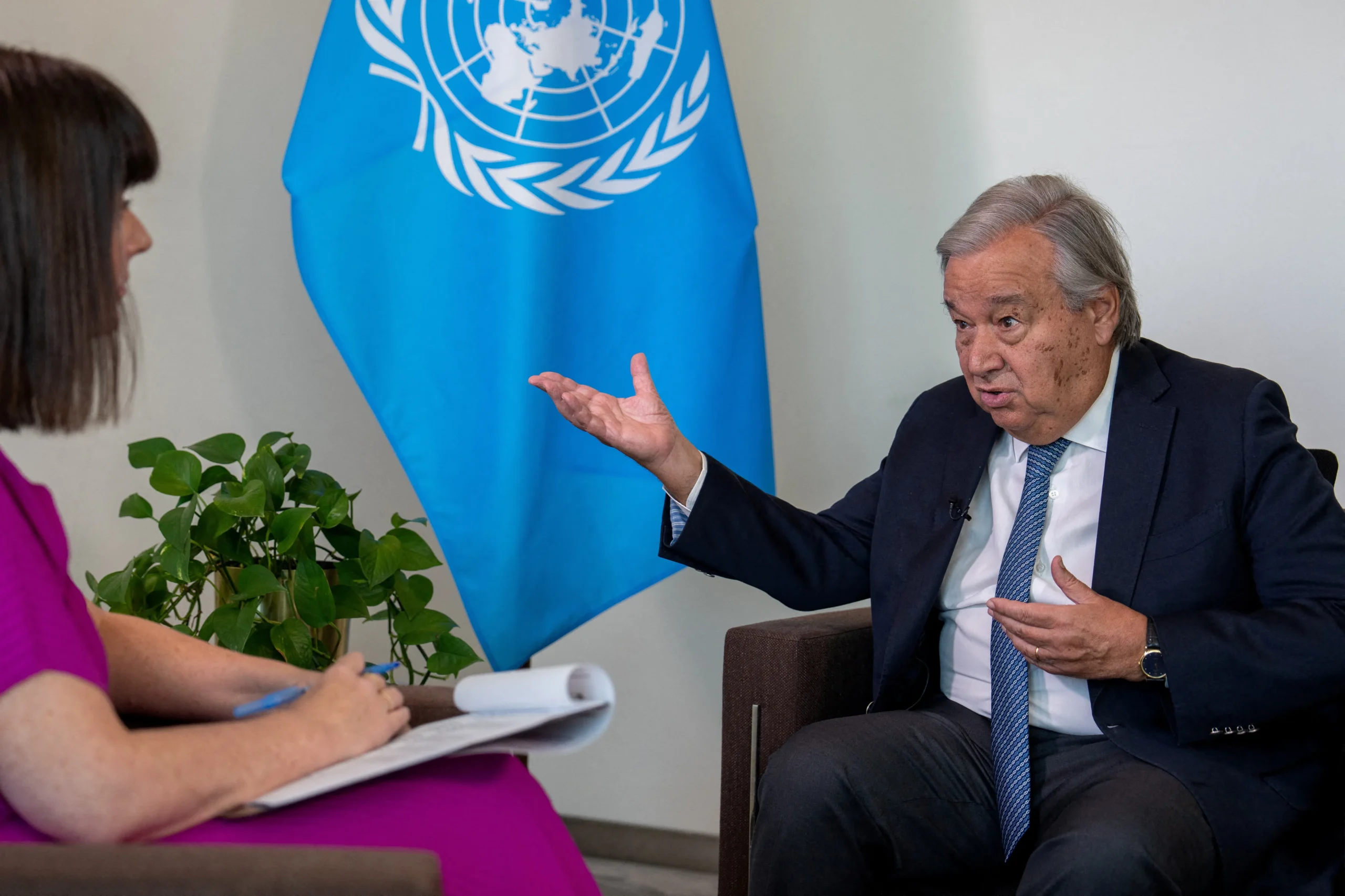In 2025, the world’s diplomatic priorities have dramatically shifted, shaped by three intense and persistent conflicts: Ukraine, Gaza, and Sudan. Each war represents a different geopolitical challenge—Europe’s defensive posture against authoritarian expansion, the Middle East’s perennial instability with renewed urgency, and Africa’s escalating humanitarian and tribal crises.
These conflicts are not isolated. Instead, they’re reshaping global alliances, exposing flaws in international institutions, and influencing everything from energy markets to defense budgets. For the U.S. and its allies, 2025 demands a multi-front diplomatic strategy that balances power, morality, and long-term stability.
🇺🇦 Ukraine: The Unyielding Front Line
The war in Ukraine, now well into its third year, remains a critical focus of global diplomacy. Despite shifts in leadership across NATO nations and fatigue within donor governments, Russia’s continued aggression and Ukraine’s resistance have maintained the urgency of the conflict.
Key developments in 2025:
- Ukraine has regained some eastern territories but faces a war of attrition.
- Western aid has become conditional, with more demands for transparency and anti-corruption efforts.
- NATO has expanded further, with Finland and Sweden’s integration now complete.
- Russia faces growing internal unrest but shows no signs of military withdrawal.
The conflict has sparked a renewed commitment to NATO unity, prompted a reassessment of European energy dependence, and solidified the West’s resolve against unchecked authoritarianism.
🇵🇸 Gaza: Ceasefires, Shocks, and a Humanitarian Crossroads
The Gaza conflict has reignited in waves, with 2025 marked by brief ceasefires followed by bursts of violence. Tensions between Hamas and Israel, compounded by regional politics and civilian suffering, have placed Gaza at the heart of humanitarian and diplomatic debate.
Key 2025 flashpoints:
- Israeli ground operations in southern Gaza have led to heavy casualties and infrastructure loss.
- International efforts to broker long-term ceasefires have so far failed.
- The U.S.and the EU are under pressure to make human rights observance a requirement of aid to both sides.
- Egypt and Qatar continue to act as go-between mediators, while the UN struggles with aid access.
Diplomatic energy is now focused on a post-war reconstruction and stabilization framework, contingent on power-sharing reforms and security guarantees. Meanwhile, civilian displacement and economic collapse have turned Gaza into one of the world’s most pressing humanitarian crises.

🇸🇩 Sudan: The Forgotten Crisis Returns to the Spotlight
Often overshadowed by global headlines, the civil war in Sudan has evolved into a complex and devastating conflict, drawing new attention in 2025 as the death toll mounts and millions flee the violence.
The situation today:
- Clashes between the Sudanese Armed Forces (SAF) and the Rapid Support Forces (RSF) have escalated in Khartoum and Darfur.
- Over 7 million people are internally displaced, with the refugee crisis spilling into Chad, Egypt, and South Sudan.
- UN peacekeeping missions are severely restricted by violence and lack of access.
- Food insecurity, drought, and disease outbreaks are compounding civilian suffering.
As the West focuses on Ukraine and the Middle East, Africa-focused NGOs and regional coalitions are demanding global attention, calling for ceasefire enforcement, humanitarian corridors, and a transitional governance structure.
🌐 The Diplomatic Balancing Act
The United States, EU, China, and Gulf nations are being forced to rethink how and where to invest their diplomatic capital. The traditional idea of single-theater engagement no longer holds in a world shaped by overlapping crises.
Key challenges in balancing these conflicts:
- Public fatigue in donor countries threatens sustained aid and support.
- Weapon stockpile shortages from prolonged war efforts strain military budgets.
- Disinformation campaigns (especially from state actors like Russia and Iran) disrupt coherent narratives and polarize public opinion.
- Peace negotiations remain fragile, often hostage to domestic political instability in involved nations.
The U.S. has taken a more “triage diplomacy” approach, focusing resources where humanitarian collapse appears most imminent, while trying to maintain leverage across regions.
⚖️ Human Rights vs. Realpolitik
One of 2025’s defining foreign policy debates is the tension between values and strategy. Governments are increasingly forced to choose between:
- Supporting democratic allies even when progress stalls (e.g., Ukraine reforms)
- Condemning human rights violations in Gaza while maintaining strategic partnerships
- Engaging in Sudan’s peace efforts without reliable state partners
These dilemmas have fueled renewed discussions at the UN, World Bank, and regional blocs about the need for a modern doctrine of humanitarian diplomacy—one that is agile, principled, and regionally adaptive.
🔋 Energy, Migration & Global Ripple Effects
Beyond battlefields, the ripple effects of these conflicts are global:
- Energy security is once again in the spotlight. European countries, having pivoted from Russian gas, face new vulnerabilities with instability in the Middle East.
- Refugee crises from Sudan and Gaza are straining neighboring countries and threatening regional stability.
- Food supply disruptions—particularly wheat exports from Ukraine and trade blockades—have reignited hunger in North Africa and the Middle East.
- Migration surges are reshaping European politics, fueling new populist narratives and challenging EU unity.
📢 What Comes Next?
As of mid-2025, there’s no clear end in sight for any of these conflicts. What’s evolving instead is a new era of layered diplomacy, where power blocs must coordinate not just peace negotiations, but long-term rebuilding and political transitions.
Civil society, youth movements, diaspora groups, and international NGOs are playing larger roles than ever, as governments struggle to keep pace with the scale and speed of these crises.
Diplomacy in 2025 is no longer slow, ceremonial, or single-track. It is urgent, multifront, and under constant pressure from public opinion, media, and political polarization.
FAQs: Global Conflicts & Diplomatic Shifts in 2025
1. Why are Ukraine, Gaza, and Sudan all top diplomatic priorities in 2025?
Each represents a high-stakes conflict with humanitarian, geopolitical, and economic impacts. Together, they expose the limits of current diplomatic structures and force reallocation of global resources.
2. What role is the U.S. playing in these conflicts?
The U.S. is actively supporting Ukraine militarily and diplomatically, mediating in Gaza through regional allies, and providing humanitarian aid to Sudan while pushing for ceasefire negotiations through the UN and African Union.
3. Is the world running out of military or humanitarian aid?
There is growing concern over donor fatigue, budget constraints, and supply chain stress. Long wars are draining stockpiles and straining logistics for both weapons and food/medical aid.
4. Why has Sudan’s crisis been less visible than the others?
Media coverage has been limited, and the conflict lacks clear Western-aligned parties. However, 2025 has seen renewed focus due to worsening humanitarian conditions and regional instability.
5. What is the impact of these conflicts on everyday people in the U.S. or Europe?
Indirect effects include:
- Higher energy prices and food costs
- Migration pressures
- Cybersecurity threats
- Political polarization over foreign aid




